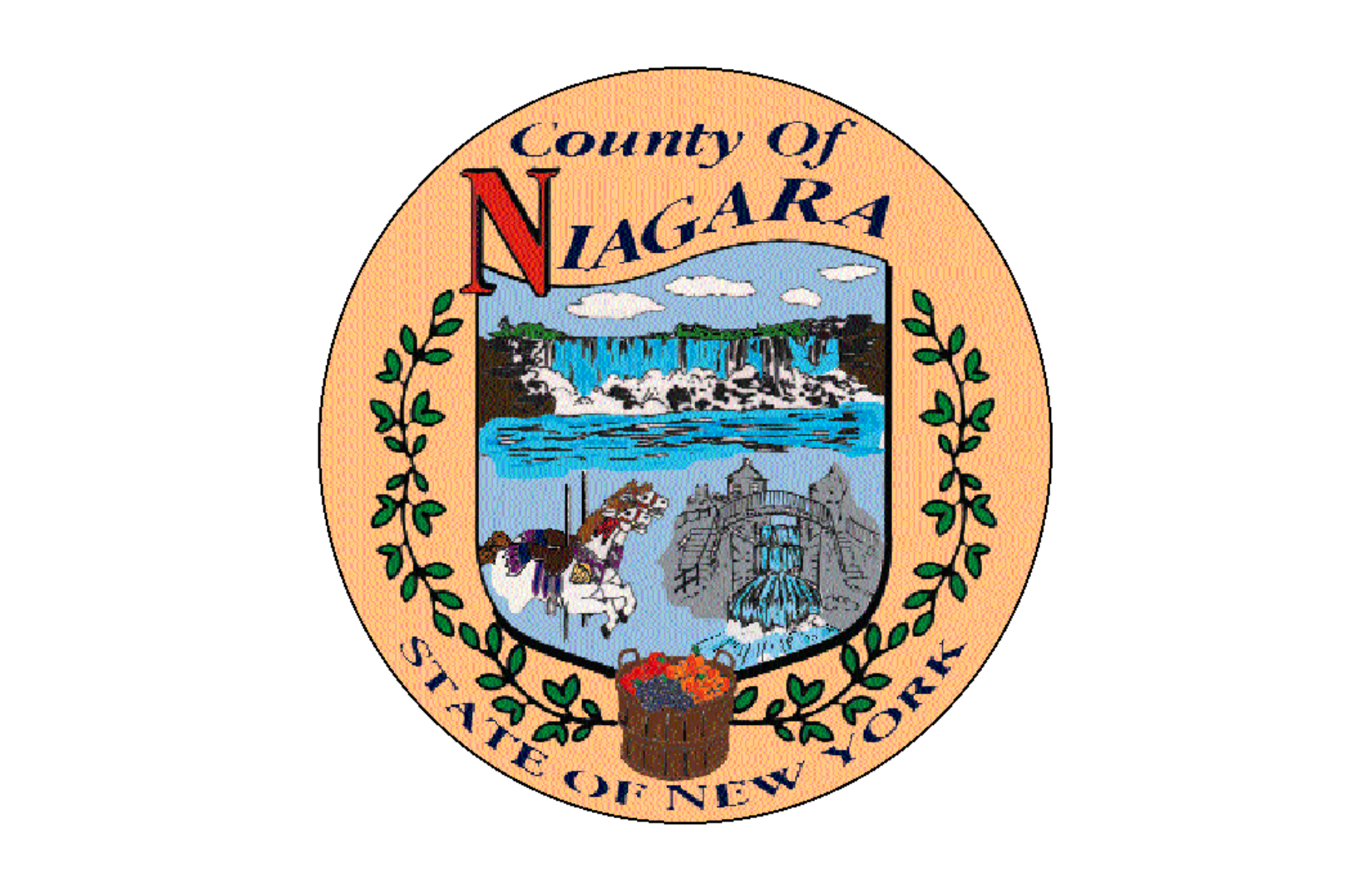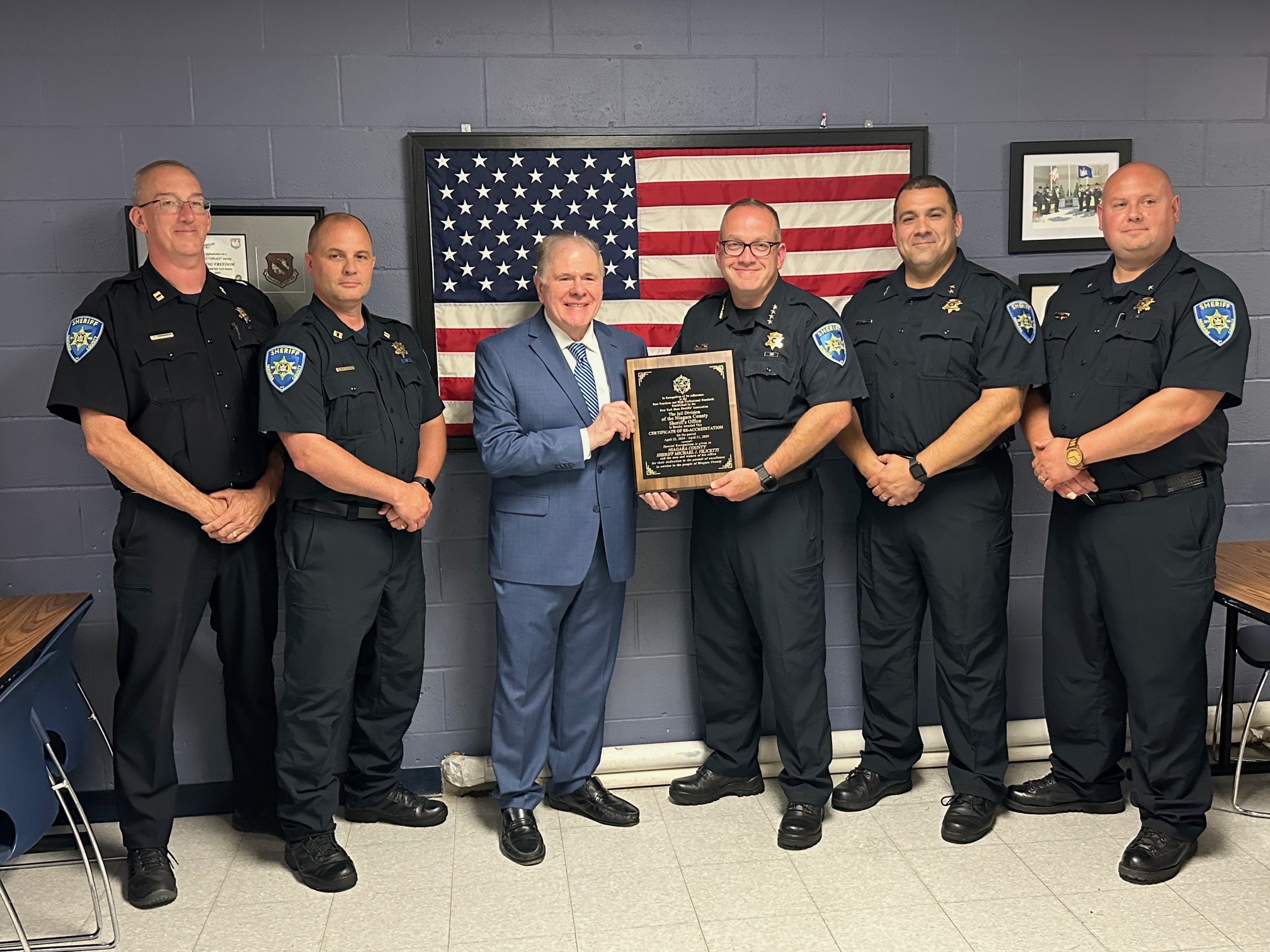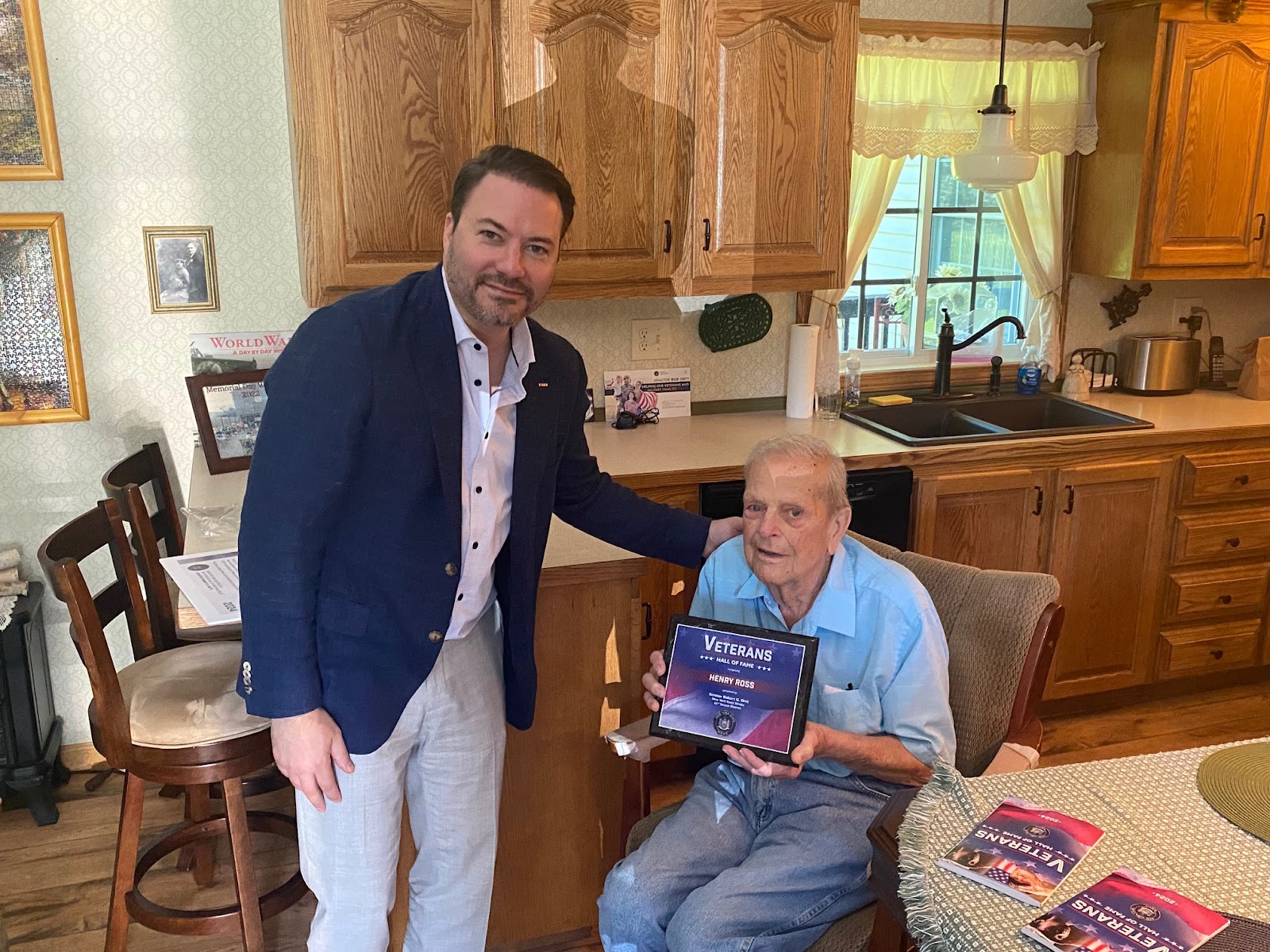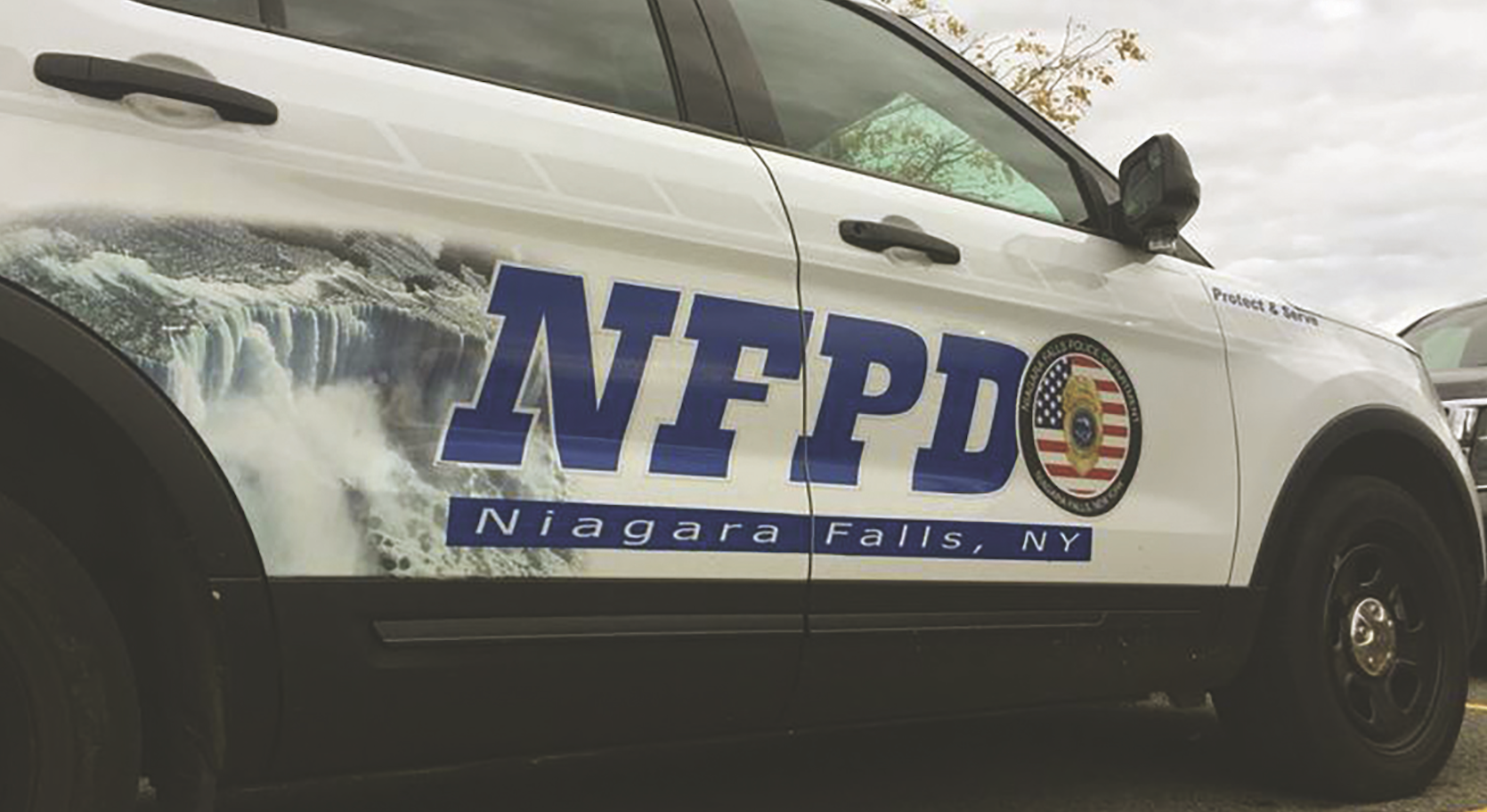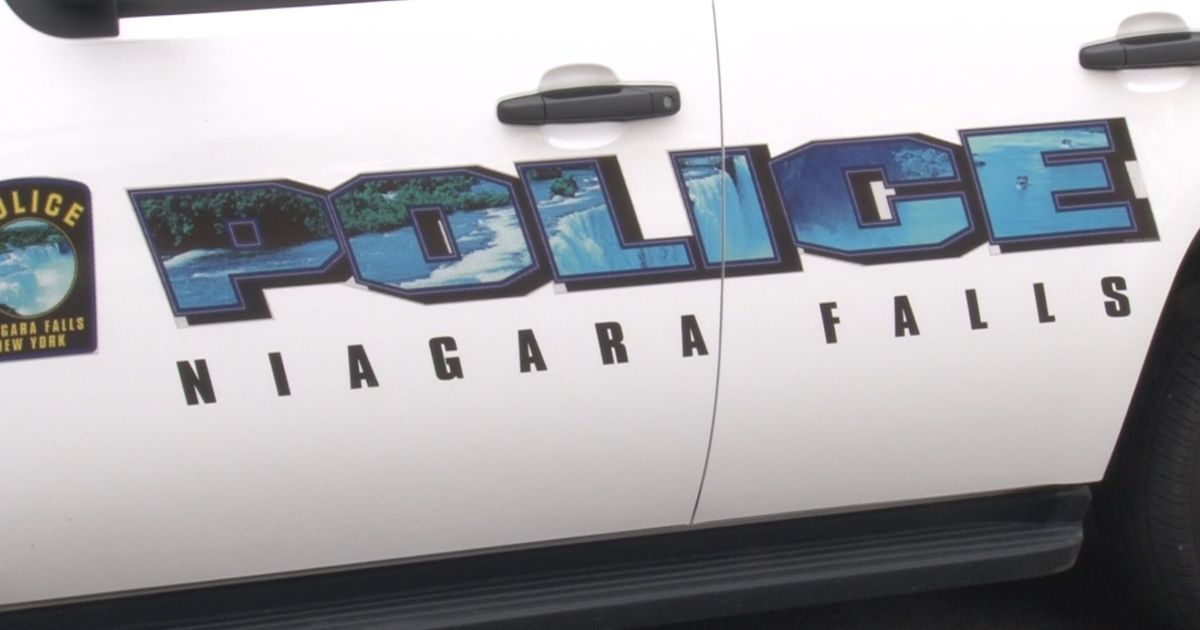This newspaper first started reporting on the Niagara River Greenway Commission over ten years ago, in a Feb. 1, 2005 article headlined, “PATAKI GREENWAY PROPOSAL STINKS”.
Among the problems identified at the outset: When an activist group of Niagara County environmentalists realized that Buffalo Niagara Riverkeeper was selling them down the river, so to speak, hustling to reap the hundreds of millions of relicensing dollars up for grabs for the benefit of Buffalo and Erie County waterfront, instead of communities that are actually impacted by the Power Project such as Niagara Falls, Lewiston, Youngstown and the Tuscarora Nation, and started complaining, NYPA summarily cancelled two separate rounds of public hearings on Greenway, emailing stakeholders with notice of their decision.
Buffalo Niagara Riverkeeper, which received a $10,000 grant from NYPA on the eve of the relicensing “negotiations”, cobbled together a “coalition” of Buffalo-based environmental groups, some of which were shell organizations consisting of only one member, to serve as a fig leaf in signing off on the NYPA relicensing application.
The 50-year, $450 million Niagara Greenway was supposed to establish a “Niagara River corridor (of) unique ecological, cultural and economic importance to Western New York”, and “plan and implement a linear series of parks, trails and conservation areas along the Niagara River from Lake Erie to Fort Niagara.”
Instead, it has devolved into a political slush fund through which NYPA keeps local pols happy by funding their pet projects like theater marquees in North Tonawanda and Lockport, playgrounds in the Falls, a dog park in Lewiston, harbor dredging in Wilson (which over the last century had previously been paid for by the federal government), municipal park upgrades in Lockport, Sanborn and Newfane and more recently a $2.27 million “reptile house renovation” in Buffalo.
Greenway was given the full SEQRA treatment, including scoping of environmental impacts, which was odd, given that at the time no one had the slightest idea what those impacts might be over the next 50 years. Of course, those were the days that State Parks routinely administered SEQRA. Since then, projects with massive environmental impacts, such as the Niagara Falls State Park Landscape Improvements plan, the aborted Parks Police barracks at the top of the Niagara Gorge and Glynn’s new Maid of the Mist drydock were all exempted from public hearings and scrutiny under SEQRA.
Another problem brought up but not addressed by NYPA at the inception of the Greenway was that, metered out in $9 million annual payments over 50 years, the income stream was profoundly vulnerable to inflation risk.
The first $750,000 of Greenway largesse went to Wendel-Duscherer, which produced a voluminous plan replete with glossy photos of the local waterfront, an inventory of local tourism assets, and vague guidelines about what a Greenway should look like.
The charter Greenway Commission was composed exclusively of assorted town supervisors and political hacks like Paul Dyster, who was biding his time between stints at City Hall, and state officials representing the New York Secretary of State, the commissioners of State Parks, the state DEC and DOT, and the state Department of Economic Development, as well as the chairperson of the New York Power Authority, who was at the time Louis P. Ciminelli.
Ciminelli and other executives of Ciminelli Construction Co., with some top Cuomo aides, are currently under indictment for alleged corruption.
Then-Assemblyman Sam Hoyt of Buffalo, the sponsor of the bill that established the Greenway, nominated former Ciminelli CEO and president John Giardino to the commission, giving Ciminelli Construction not one, but two, voices on the Greenway Commission.
Of course, in navigating Greenway from conception to reality, Hoyt knew exactly what he was doing. Tens of millions of Greenway dollars have since been expatriated from the Niagara County-based Power Project to fund Buffalo and Erie County waterfront development projects.
Greenway reform legislation based on a study by Partnership for the Public Good, under the direction of UB Law Professor Sam Magavern, was pursued in the state legislature by former state senators Grisanti and Panepinto. With Sen. Robert Ortt now representing Niagara Falls, and Magavern appointed to the Greenway Commission to shut him up, the reforms appear dead in the water.
While all this is water under the bridge, there have been some recent Greenway developments. A new Executive Director, Jeanne Leccese, has been hired.
There’s so little to do in the position that when Rob Belue, the former Benderson Development executive who was Greenway director from the start, retired, the entire position and its responsibilities were handed over to Angela Berti, who somehow managed to not only execute her duties as a top staffer at Niagara Falls State Park, one of the busiest parks in the world, but also sent out the occasional press release and newsletter that had previously kept Belue busy for years. Maybe Luccese can keep busier, counting paper clips, or something.


